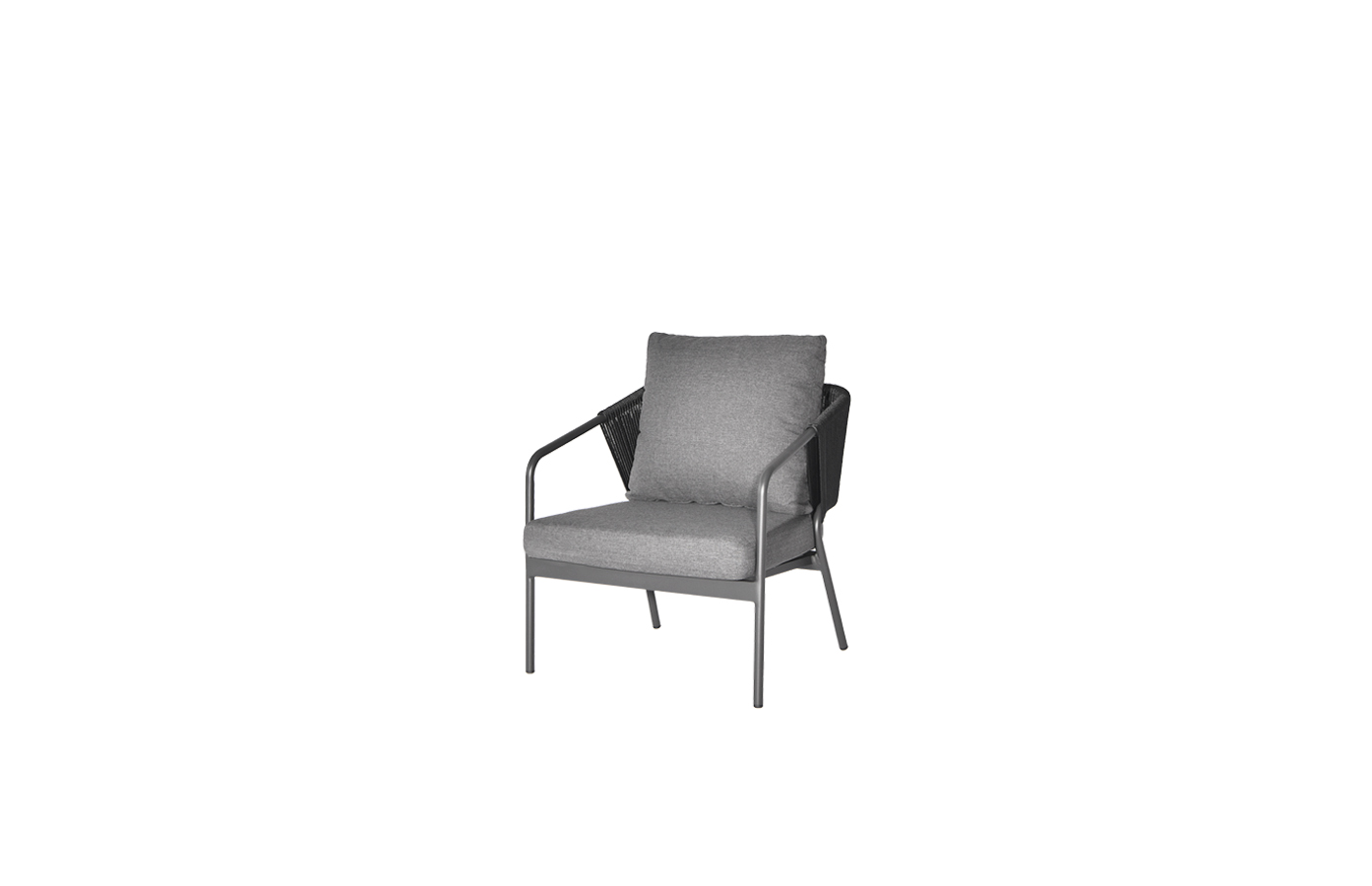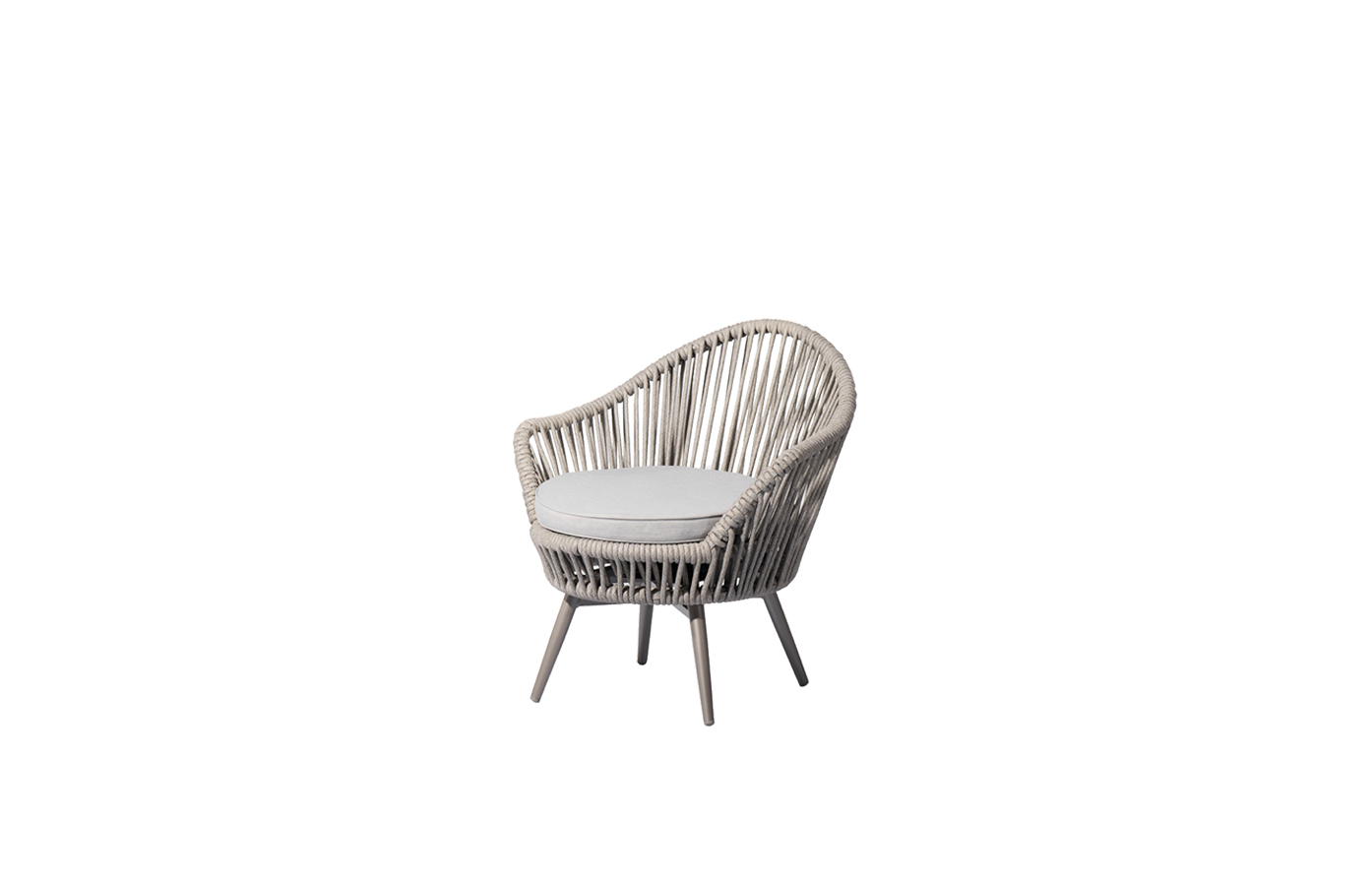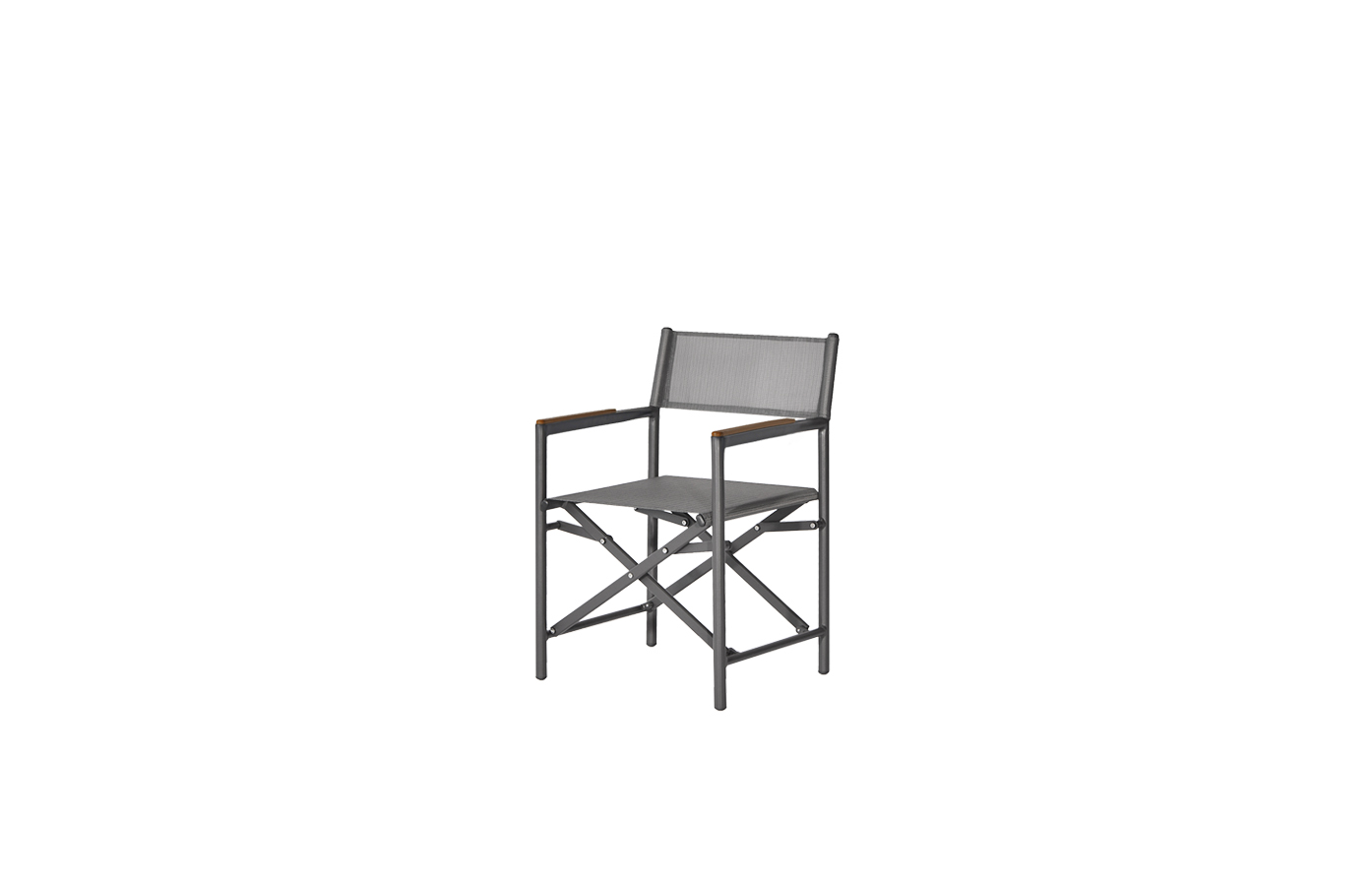When it comes to interior design, lighting is often an overlooked element that has the power to completely transform a space. Whether you’re designing a cozy living room, a bright and airy kitchen, or a serene bedroom, the right lighting can make all the difference in creating atmosphere and ambiance.

Discover the Transformative Power of Lighting in Interior Design

Discover the Transformative Power of Lighting in Interior Design
One of the most important aspects of lighting in interior design is layering. This involves using a combination of different types of lighting – ambient, task, and accent – to create a space that is both functional and visually interesting. Ambient lighting provides overall illumination, such as ceiling lights or recessed lighting, while task lighting is more focused and directed, like under-cabinet lighting in a kitchen or a reading lamp next to a chair. Accent lighting is used to highlight specific features or objects, such as artwork or architectural details.
In addition to the type of lighting, the quality of light is also crucial in interior design. Natural light is always the best option, so maximizing natural light sources through windows and skylights is key. However, artificial lighting can also be used effectively to mimic natural light and create a warm and inviting atmosphere. LED lights, in particular, are a popular choice for interior designers as they are energy-efficient, long-lasting, and come in a variety of color temperatures to suit different needs.

Discover the Transformative Power of Lighting in Interior Design
Color temperature is another important consideration when it comes to lighting design. Warm white light, with a color temperature of around 2700-3000K, creates a cozy and inviting atmosphere, perfect for living rooms and bedrooms. Cool white light, with a color temperature of around 4000-5000K, is more energizing and ideal for task-oriented spaces like kitchens and home offices. It’s important to consider the mood you want to create in each room and choose lighting that complements that mood.
In addition to functionality and mood, lighting can also be used to highlight architectural features and design elements in a space. Well-placed wall sconces or track lighting can draw attention to a beautiful fireplace or a stunning piece of artwork. In open-concept spaces, pendant lights or chandeliers can help define different areas and create visual interest.
When it comes to lighting in interior design, remember that less is sometimes more. Avoid harsh overhead lighting and opt for softer, more subtle lighting fixtures that can be layered and dimmed to create a variety of moods. Don’t forget to consider the scale of lighting fixtures in relation to the size of the room – oversized fixtures can overwhelm a space, while undersized fixtures can look out of place.
In conclusion, lighting is a key element in interior design that can enhance the atmosphere, functionality, and aesthetics of a space. By carefully considering the type of lighting, quality of light, color temperature, and placement of fixtures, you can create a space that is both beautiful and functional. So, next time you’re redesigning a room, don’t forget to shine a light on the transformative power of lighting. Sectional Sofa
